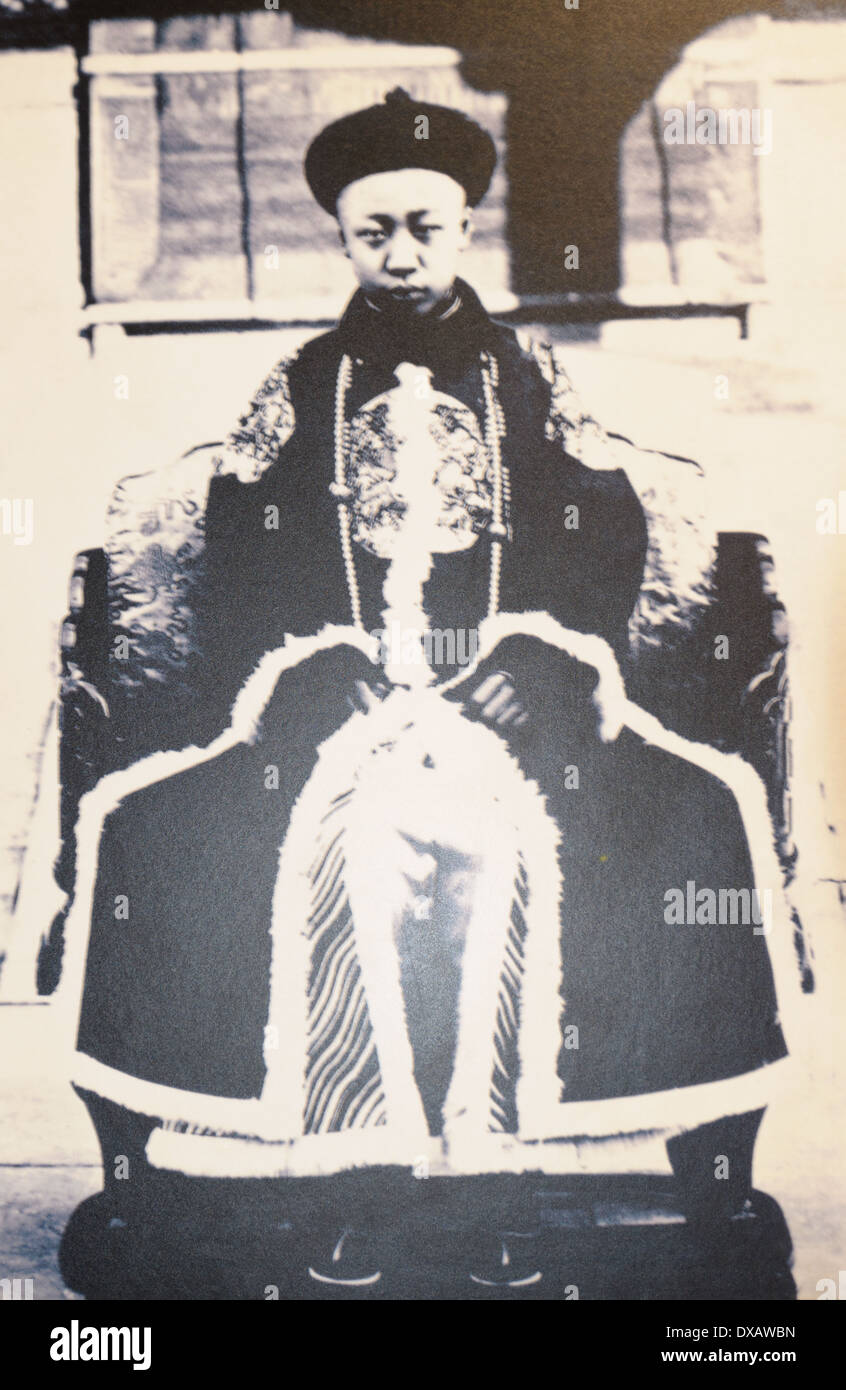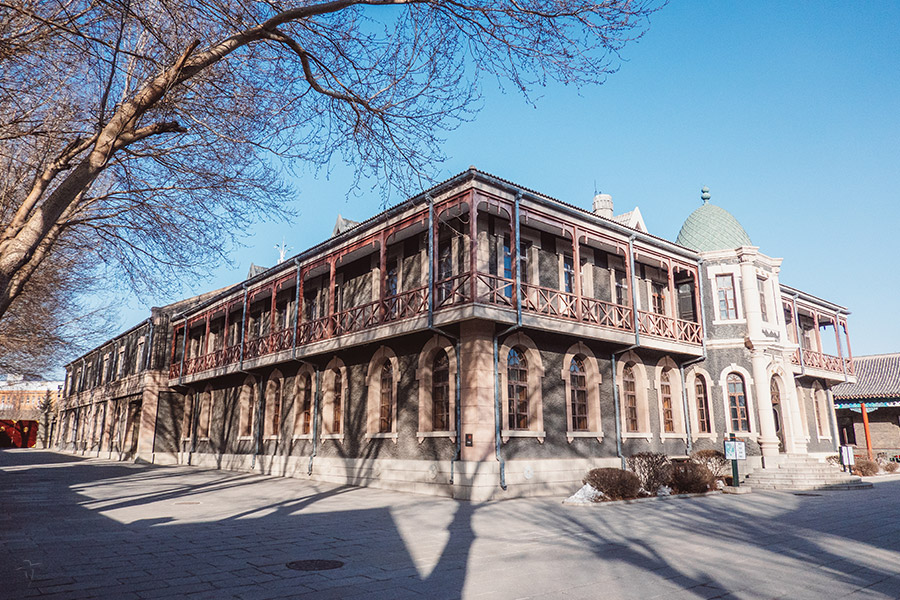# Exploring Changchun’s Puppet Emperor Palace and History
Welcome to Jusha Travel, where we dive into the captivating stories and hidden gems of China to help you craft unforgettable adventures. If you’re a history buff, a culture enthusiast, or simply curious about **Changchun historical sites**, then “Exploring Changchun’s Puppet Emperor Palace and History” is a must-read. This iconic site, tied to the **Changchun Puppet Emperor** era, offers a profound glimpse into **China modern history**, blending imperial grandeur with tales of occupation and resilience. As we uncover the palace’s secrets, you’ll discover why it stands as one of the top **cultural attractions in Changchun**, making it an essential stop on any **Changchun travel guide**. Here at jusha.travel, we love sharing tips to make your China journey unforgettable!

## Overview and Layout of the Palace
Step into the world of the **Changchun Puppet Emperor**, and you’ll find yourself transported to a time of intrigue and architectural splendor. The Puppet Emperor’s Imperial Palace, located in the heart of Changchun, is a sprawling complex that spans about 12 acres, seamlessly blending traditional Manchurian designs with subtle Western influences. This site is a cornerstone of **Changchun historical sites**, offering visitors a tangible connection to **China modern history** through its meticulously preserved structures.
The palace is divided into two primary sections: the residential quarter, where the emperor and his family lived, and the administrative quarter, which handled state affairs under Japanese control. As you wander the grounds, you’ll encounter features like serene gardens, rockeries, and even leisure amenities such as a tennis court, golf course, and swimming pool. These elements not only highlight the opulence of the era but also reflect the controlled lifestyle imposed during the occupation.
For travelers planning a trip, consider visiting in the spring or fall when the weather is mild—perfect for exploring outdoors. If you’re interested in more details, check out the official site for the Puppet Emperor’s Imperial Palace. It’s a great resource for practical tips, like how to navigate the site’s layout efficiently. And remember, as part of your **Changchun travel guide**, pairing this visit with nearby attractions can enrich your experience—think of it as a full immersion into **cultural attractions in Changchun**.
This palace isn’t just about the past; it’s a reminder of China’s resilient spirit. Fun fact: The yellow-tiled roofs and high walls were designed to evoke the Forbidden City in Beijing, symbolizing a false continuity of imperial power while serving Japanese interests. If you’re traveling with family, the interactive elements make it educational for all ages, aligning with our mission at jusha.travel to inspire meaningful cultural exchanges.
## The Main Buildings and Their Uses
Delving deeper into the **Changchun Puppet Emperor** legacy, the main buildings of the palace complex reveal fascinating stories of daily life and political maneuvering. Spanning about ten key structures enclosed by high walls, this area exemplifies **China history travel** at its most immersive. The outer sections, including the Qinmin Mansion and Huaiyuan Mansion, were dedicated to ceremonial and administrative functions, where decisions were made under the watchful eye of Japanese officials.
Inside, the inner palace served as the private domain for Emperor Puyi, his empress Wanrong, and their consorts. For instance, the Jixi Mansion functioned as a personal residence, offering a glimpse into the intimate, yet restricted, world of the imperial family. This blend of traditional Chinese architecture with modern adaptations underscores the site’s role as a premier **cultural attraction in Changchun**, where history feels alive and relevant.
Practical tip for visitors: Wear comfortable shoes, as the site involves a lot of walking across uneven terrain. If you’re keen on photography, early mornings offer the best light for capturing the intricate details, like the ornate carvings and vibrant colors. To learn more about these buildings and their historical context, explore the detailed blog from Museum of the Imperial Palace of Manchukuo in Changchun, which provides insider insights into the architecture’s dual influences.
As a **Changchun travel guide** highlight, this section ties into broader **China modern history** by illustrating how colonial powers adapted existing cultural elements for their agendas. If you’re a foodie like many of our jusha.travel readers, pair your visit with local Jilin cuisine—try sampling manchurian-style dishes at nearby eateries, which echo the region’s fusion of flavors and reflect China’s diverse culinary heritage.

## History: Puyi’s Rule and Japanese Occupation
The story of the **Changchun Puppet Emperor** is inseparable from the turbulent events of the early 20th century, making it a pivotal chapter in **China history travel**. Emperor Puyi, the last ruler of the Qing Dynasty, was installed as a figurehead monarch in 1932 under Japanese occupation, transforming Changchun into the capital of the puppet state of Manchukuo. This period, from 1932 to 1945, symbolizes a dark era in **China modern history**, marked by invasion and resistance.
Puyi, who had abdicated as a child, was essentially a pawn in Japan’s expansionist plans, lending legitimacy to their control over Northeast China. Despite the palace’s majestic facade, Puyi held little real power; Japanese advisors dictated policies, using the site for colonial administration. Exhibits here vividly recount tales of espionage, daily life under occupation, and the eventual collapse of Manchukuo following Japan’s defeat in World War II.
For cultural insights, consider how this history influenced China’s national identity—visitors often leave with a deeper appreciation for the country’s resilience. If you’re planning your itinerary, allocate at least two hours to absorb the narratives, and don’t miss the wax figures that bring key events to life. For more on Puyi’s fascinating life, refer to the guide from The Puppet Manchurian Palace of Puyi in Changchun.
In the spirit of jusha.travel, we encourage blending history with modern experiences. After your visit, explore Changchun’s vibrant tech scene—perhaps visit a local innovation hub to see how **China’s technology** has evolved from these challenging times, offering a contrast that highlights the nation’s progress.

## The Museum and Its Exhibitions
Today, the **Changchun Puppet Emperor** site operates as the Museum of the Imperial Palace of Manchukuo, a dynamic **cultural attraction in Changchun** that educates and inspires. Managed by the Jilin Provincial Heritage Authority, the museum’s exhibitions focus on three main themes: the history of colonial powers, stories of occupation and resistance, and the personal life of Puyi and his inner circle. Artifacts like signed documents, carpets from the Forbidden City, and period furnishings provide an intimate look at this era, making it a highlight of any **Changchun travel guide**.
One of the most engaging aspects is how the museum connects to broader **China modern history**, with displays on patriotic resistance and collaboration. Interactive elements, such as dioramas and multimedia presentations, make it accessible for all visitors, while educational programs tie into ongoing research about the Japanese invasion.
Travel tip: Download the museum’s app for audio guides in multiple languages, enhancing your experience if English isn’t your first language. To dive deeper, check out Changchun’s palace of Manchukuo’s puppet emperor for personal anecdotes and photos.
As we wrap up this exploration, remember that sites like this embody China’s rich tapestry of culture and innovation, from historical depths to today’s technological advancements. It’s experiences like these that make **China history travel** so rewarding.

## Conclusion
In wrapping up our journey through the **Changchun Puppet Emperor** Palace, we’ve uncovered the layers of history, architecture, and cultural significance that make it a standout among **Changchun historical sites**. From the palace’s intricate layout to Puyi’s complex legacy and the museum’s thought-provoking exhibits, this destination offers invaluable insights into **China modern history** while serving as a beacon of resilience. Whether you’re drawn to the imperial grandeur or the stories of everyday life, visiting here enriches your understanding of **cultural attractions in Changchun** and enhances any **Changchun travel guide**.
At jusha.travel, we’re passionate about guiding travelers like you to discover the heart of China—its culture, food, and technology. So, what are your thoughts? Have you explored similar sites, or do you have questions about planning your trip? Share your experiences in the comments below, visit jusha.travel for more inspiring articles, or check out related reads like our guides to other historical gems. Let’s keep the conversation going and make your next China adventure one to remember!

